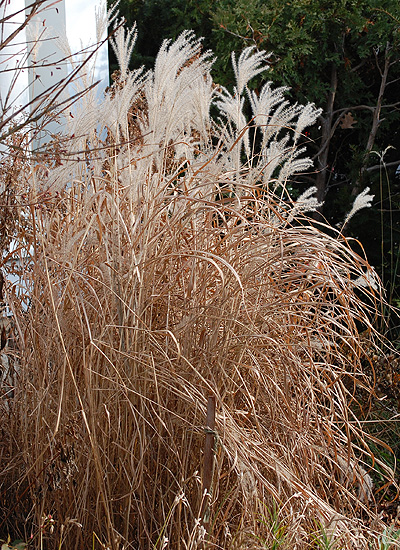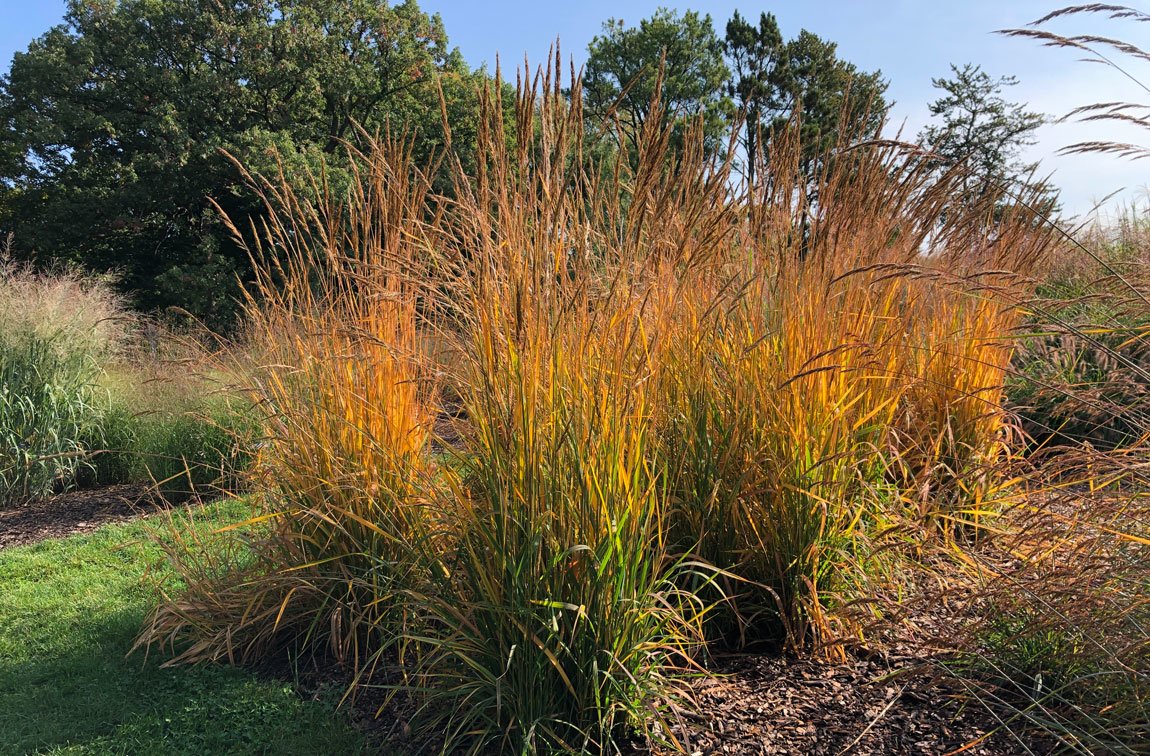Decorative grasses have become a popular choice for homeowners and landscape designers alike in Minnesota. With their wide variety of colors, textures, and heights, these plants can add both beauty and functionality to your outdoor spaces. In this article, I’ll share my personal experiences with decorative grasses and provide comprehensive information to help you choose the right varieties and care for them effectively.
What Are Decorative Grasses?
Decorative grasses, also known as ornamental grasses, are non-woody plants that enhance garden designs with their attractive foliage and structure. These plants can provide seasonal interest, serve as natural fencing, or act as framework for perennial gardens.
Why Choose Decorative Grasses?
- Low Maintenance: Many varieties are drought-tolerant and require little care.
- Versatile: They can fit into various landscapes, from contemporary to rustic.
- Seasonal Interest: Grasses offer beauty throughout the seasons—greening in spring and providing structure in winter.
Popular Decorative Grasses for Minnesota Landscapes
In Minnesota, the climate ranges from hot summers to cold winters, so it’s essential to choose grasses that can thrive in these conditions. Below are some of the best decorative grasses to consider:
1. Miscanthus Sinensis (Chinese Silver Grass)
This tall, graceful grass sways beautifully in the wind and can reach heights of up to 8 feet. Its feathery plumes appear in late summer, providing visual interest.
Pros and Cons
| Pros | Cons |
|---|---|
| Attractive for all seasons | Can be invasive in some areas |
| Great for privacy screening | Needs regular division |

2. Panicum Virgatum (Switchgrass)
Switchgrass is a native grass that is both drought-tolerant and adaptable. It produces airy flower panicles that turn golden in fall.
Pros and Cons
| Pros | Cons |
|---|---|
| Supports local wildlife | Can be prone to lodging in heavy rains |
| Low maintenance | May require cutting back in spring |

3. Calamagrostis acutiflora (Karl Foerster Grass)
This grass is renowned for its upright form and feathery flower spikes that bloom in early summer. It’s an excellent choice for borders and mass plantings.
Pros and Cons
| Pros | Cons |
|---|---|
| Attractive year-round | Requires full sun for best growth |
| Perfect for modern landscapes | Can spread if not contained |

How to Incorporate Decorative Grasses in Your Landscape
Adding decorative grasses to your landscape can be a game-changer, but it’s important to plan effectively. Here are some tips based on my experiences:
1. Create a Focal Point
Use taller grasses like Miscanthus to create a natural focal point in your garden. Pair them with shorter plants to enhance their height.

2. Use as Borders or Edging
Grasses can effectively delineate spaces. Plant them along pathways, around flower beds, or at the edges of your yard for a clean look.
3. Combine with Perennials
Mix ornamental grasses with flowering perennials for a palette of colors and textures. Grasses act as a backdrop, allowing the flowers to stand out.

4. Consider Seasonal Changes
Choose a variety of grasses that will look good in winter. Some grasses, like Calamagrostis, maintain their structure and beauty even after frost.
Care and Maintenance of Decorative Grasses
One of the best things about decorative grasses is their low maintenance needs. However, some care is necessary to keep them looking their best.

Watering
Most ornamental grasses are drought-tolerant once established. However, during their first growing season, regular watering is essential. Be sure to water deeply, encouraging deep root growth.
Fertilizing
Generally, grasses do not require heavy fertilization. A light application of a slow-release fertilizer in spring can encourage healthy growth.
Pruning
In late winter or early spring, cut back last year’s growth to make room for new shoots. This process will help the grass look neat and encourage vigorous growth.
Common Mistakes to Avoid
Even with their hardiness, it’s easy to make mistakes with decorative grasses. Here are some common pitfalls to watch out for:
1. Overwatering
Giving too much water can lead to root rot. Ensure the soil drains well, especially in heavy clay areas.
2. Planting in Shade
Most decorative grasses prefer full sun. Planting them in shade reduces growth and vibrancy.
3. Ignoring Invasive Species
Some grasses can become invasive. Always research the specific type before planting to avoid future challenges.
Comparative Analysis of Decorative Grasses
| Grass Type | Height | Sun Requirement | Maintenance Level |
|---|---|---|---|
| Miscanthus Sinensis | 5-8 ft | Full sun | Moderate |
| Panicum Virgatum | 3-6 ft | Full sun to partial shade | Low |
| Calamagrostis acutiflora | 3-4 ft | Full sun | Low |
FAQs About Decorative Grasses in Minnesota
What is the best time to plant decorative grasses in MN?
The best time to plant ornamental grasses in Minnesota is in the spring after the last frost. This allows the plants to establish roots before the summer heat.
Do decorative grasses attract wildlife?
Yes! Many ornamental grasses provide habitat and food for birds and beneficial insects, making them an excellent choice for ecologically friendly landscaping.
Can decorative grasses survive Minnesota winters?
Absolutely! Most ornamental grasses are hardy in Minnesota and can withstand cold winters. However, some varieties may benefit from a light winter mulch.
How much space should I leave between decorative grasses?
The spacing will depend on the variety you choose. For taller grasses such as Miscanthus, space them at least 2-3 feet apart. For smaller varieties, 1-2 feet will suffice.
Conclusion
Incorporating decorative grasses into your Minnesota landscape can transform your outdoor space into a stunning oasis. With their diverse forms and minimal care needs, they are an excellent investment for any gardener. Remember to consider local growing conditions and choose the right grasses to create a garden that flourishes throughout the year. Happy gardening!